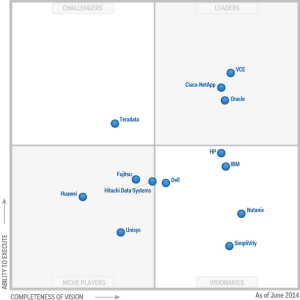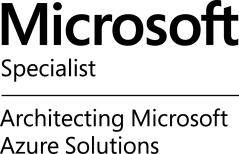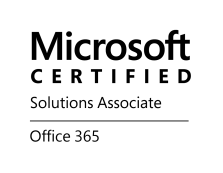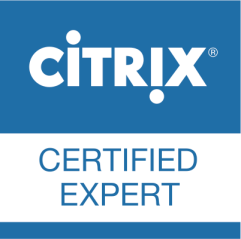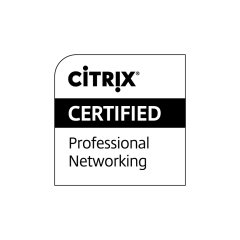As usual it’s very interesting when Gartner takes a look at the trends for the coming year. I must say that I agree with many of them, one of the trends is very close to my heart and what I think should have been on the agenda of most CIO’s prior to 2015, and this is: Web-Scale IT.
Why haven’t more enterprise and solution architects been looking earlier at how to simplify the delivery of the “commodity” service that IaaS should be in todays IT world. Yes I know that most enterprises have a “legacy” environment that is hard to just transform, they have a service delivery organisation with certain competences and are being bombarded by salesmen from the older legacy providers that this new way is scary (up until they themselves come up with a story on web-scale of course). But it’s time to wake up and look at how you can change your Compute, Network and Storage components to reduce complexity, increase flexibility/agility, focus on core business (apps and services on top) and also reduce your TCO.
One way is of course to move to the cloud and let someone else bother about this, but I yet don’t see that the larger enterprises are looking at this and there is a hesitation though most haven’t gotten to the point of understanding the TCO model and how to compare their As-Is costs to the cost that they get from the costing tools of Azure, Amazon etc. Why is this? My view is that most don’t have a clear understanding of their own As-Is TCO, they understand how much a server costs, and storage costs, but not the TCO when it comes to facility/datacenter costs, power & cooling, HW costs, support and operational costs, license costs and the overview of that in a TCO model they can understand or compare with “the cloud”.
Ok, as usual I’m getting a bit sidetracked but I love this topic and I must encourage you to contact EnvokeIT if you need help to understand the Web-Scale IT concept and how it can add value to you and your business. We work with Nutanix and Dell and can assist in assessing your existing As-Is solution and forming the To-Be target architecture and the strategy to get there based on your requirements and needs. Of course we’re not locked into Dell or Nutanix and have experience within Azure and other public cloud providers as well as other hardware vendor solutions like HP, NetApp etc.
If you like to see a really cool solution that is coming then have a look at my previous post including a short and cool video: Dell + Nutanix = awesome!
Here we have the top 10 trends for 2015 that Gartner have identified:
Analysts Examine Top Industry Trends at Gartner Symposium/ITxpo 2014, October 5-9 in Orlando
Gartner, Inc. today highlighted the top 10 technology trends that will be strategic for most organizations in 2015. Analysts presented their findings during the sold out Gartner Symposium/ITxpo, which is taking place here through Thursday.
Gartner defines a strategic technology trend as one with the potential for significant impact on the organization in the next three years. Factors that denote significant impact include a high potential for disruption to the business, end users or IT, the need for a major investment, or the risk of being late to adopt. These technologies impact the organization’s long-term plans, programs and initiatives.
Read more…




